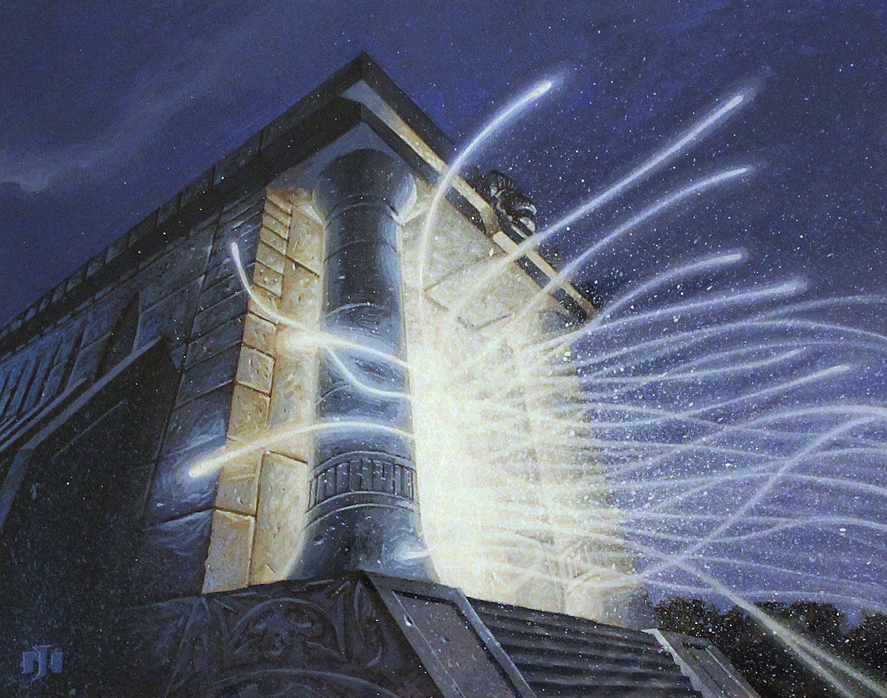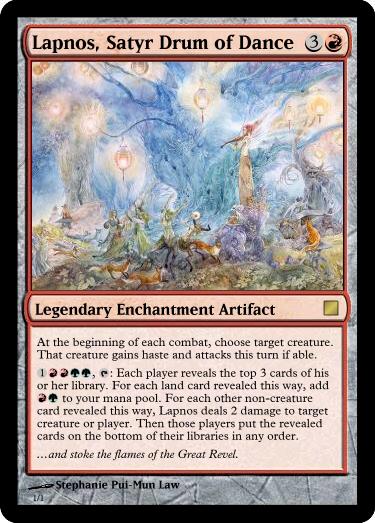Are you a Quiet Speculation member?
If not, now is a perfect time to join up! Our powerful tools, breaking-news analysis, and exclusive Discord channel will make sure you stay up to date and ahead of the curve.
This week, I want to build upon what we started in part one: a helpful manual to help make you comfortable navigating through the MTGO marketplace. To that end, I want to first offer a few more pieces of advice, this time geared more for the MTGO veteran, and then I will provide a brief description of some of the major bot-chain companies in the MTGO marketplace I've done business with.
(1) Investors need to use a greater number of bots to buy and sell efficiently.
This is because bot chains change their prices in response to the cards that they buy and sell, and you can generally only buy and sell four copies of any given card in any given transaction. Some, like Cardhoarder and MTGOTraders, will usually change their prices in response to the buying or selling of roughly twelve copies of a Standard-legal uncommon, eight copies of a rare, and four copies of a mythic. Smaller bot chains like Goatbots are more responsive, probably because their inventories are smaller overall, so usually you'll see movement after eight copies of an uncommon and four copies of a rare/mythic.
Practically speaking, then, you want to use a suite of several bot chains so that you can buy and sell a lot of copies of any given card at the price point you want. If you stick to one or two bots to do all of your investing, you'll need to make investments over a greater period of time or face paying more per card than you probably should. For a modest amount of investing, I'd recommend having a suite of three or four bot chains you can go to when you are looking to invest in 20 to 50 copies of a card. When investing in 50 to 100 copies of a card, I tend to make that investment over a greater period of time, but if you find yourself often making investments at that volume level all at once, it would probably be best to have a suite of five or six bot chains.
(2) Regard human sellers with skepticism.
The trained eye can tell the difference between a regular player trying to sell a card for better than what a bot would buy it at and a human who tries to passively make money off of people by taking advantage of their desire for interpersonal trading. Most human traders fall into the second camp, more so now than when I started using MTGO back in 2013. Just be vigilant when you trade with other humans to make sure that they aren't trying to scam you. Be nice to others, but don't blindly trust them. For those of you who like game theory, have a gander at this fun game based upon scholarly research that tries to use game theory to explain trust issues in contemporary society).
(3) With that said, don't be afraid to list your expensive cards on the classifieds and sell them yourself.
When you're dealing with cards that cost more than 20 tix, bots usually sell them for 1 to 3 tickets more than they will buy. Standard cards will tend to be closer to one, and eternal cards closer to two or three. For example, as I'm writing this article, Cardhoarder is selling Chandra, Torch of Defiance for 41.25 tix and buying copies for 39.39 tix. That means that you can probably sell your Chandras for 41 or 40 tix if you list them yourself as a classified.
When I list my own classified ad for a card, I always offer it for a price lower than what all the bots are selling and higher than for what all the bots are buying. This ensures that both the player I'm trading with and I get a good deal. I wholeheartedly recommend doing this when you're trying to move an expensive card if you want to maximize your margins. I made an extra dollar per card moving my Kalitas, Traitor of Ghets last week employing this method, and I likewise made an extra $1.50 per card this way when moving Noble Hierarch last year.
(4) Use the specialty stores.
Oftentimes the specialty stores do actually give consistently great value. For bulk, for example, the j-raja bot consistently gives me triple or quadruple what other bots would give. The bots that only buy sometimes do beat everyone else by 0.50 to 1.00 tix. I only use BoosterCity to buy and sell boosters and treasure chests because they consistently offer prices slightly better than everyone else.
(5) Once in a while, be sure to enter whatever you're buying or selling in the search bar just to have a look at the wider MTGO marketplace.
It's good to find a set of bot chains you're happy with, saving you both time and money, but once in a while it is beneficial to see what else is out there. Sometimes you'll find a new bot chain worth doing business with and you just need to do this to keep in touch with the pulse of the economy. This is how you develop "street smarts" when navigating through the MTGO marketplace. Honestly, this piece of advice goes for anything, whether it be the brand of jam you buy at the grocery store or the stores you frequent to buy clothes. The one exception is Blue Bell Ice Cream – if you're fortunate enough to live in a state that sells Blue Bell, all other ice cream can simply be ignored. (I jest...(but not really).)
(6) Sell cards you aren't investing in after you open them. Don't hold singles in anticipation of a price increase.
Undoubtedly you will hear me and Matthew Lewis say how X set is at a low right now and will rise in price. I've already said that about Amonkhet, and in a few weeks will undoubtedly say the same thing about Hour of Devastation. Nevertheless, I think it is inadvisable to hold cards you open in Draft or Sealed events. It is hard enough and time-consuming enough to manage an investment portfolio on MTGO. If you make it a habit to hold opened cards you think might go up, you'll end up with a horde of singletons spanning across multiple sets and you simply won't sell them efficaciously. It's okay to hold a few like this, but in general it's better just to sell and focus more on managing the cards that you willfully chose to invest in. Which leads me to…
(7) Sell your Limited bulk early.
It used to be that you could be lazy about this. You could wait a year or more and not lose any value. Now that redemption ends one month after the next block releases, you have to be more conscious about selling your Draft and Sealed bulk to bulk bots, because those bots won't buy your bulk if those cards can't be redeemed. Additionally, don't hesitate to sell your foil uncommons. For the past few years, you could sell your foil uncommons for 0.75 to 1.00 tix, but those days appear to be over. Don't hold your foil Banewhip Punisher in the hope that its price will go up. Foil uncommons held a premium in past years because of redemption, but now that redemption has been curtailed, foil uncommons simply aren't worth as much anymore. Sell, sell, sell!
Drumming Off
Please let me know if you have any questions regarding what I've written in these two articles. Knowing how to operate within the MTGO marketplace is crucial for maximizing your MTGO investments as well as the value of your winnings in online competitive events.
Last week, I presented a fun and powerful Commander card, and this week I give you its twin compliment, the Satyr Drum, another fun card for Commander. Sadly, I could not find a piece of artwork that fit this perfectly – we humans love painting satyrs with pipes and flutes, not with drums. Nevertheless, I did find a beautiful painting of a festival with a satyr and drum in it, so please enjoy that!






Kyle, this is super helpful for buyers wanting to move into the digital space…great stuff!
Thanks Tarkan 🙂
Hey Kyle, great work here! I am curious about selling using the classifieds, you said you could make some extra tix, but was it worth the extra time?
Thanks for the good reading, keep it up!